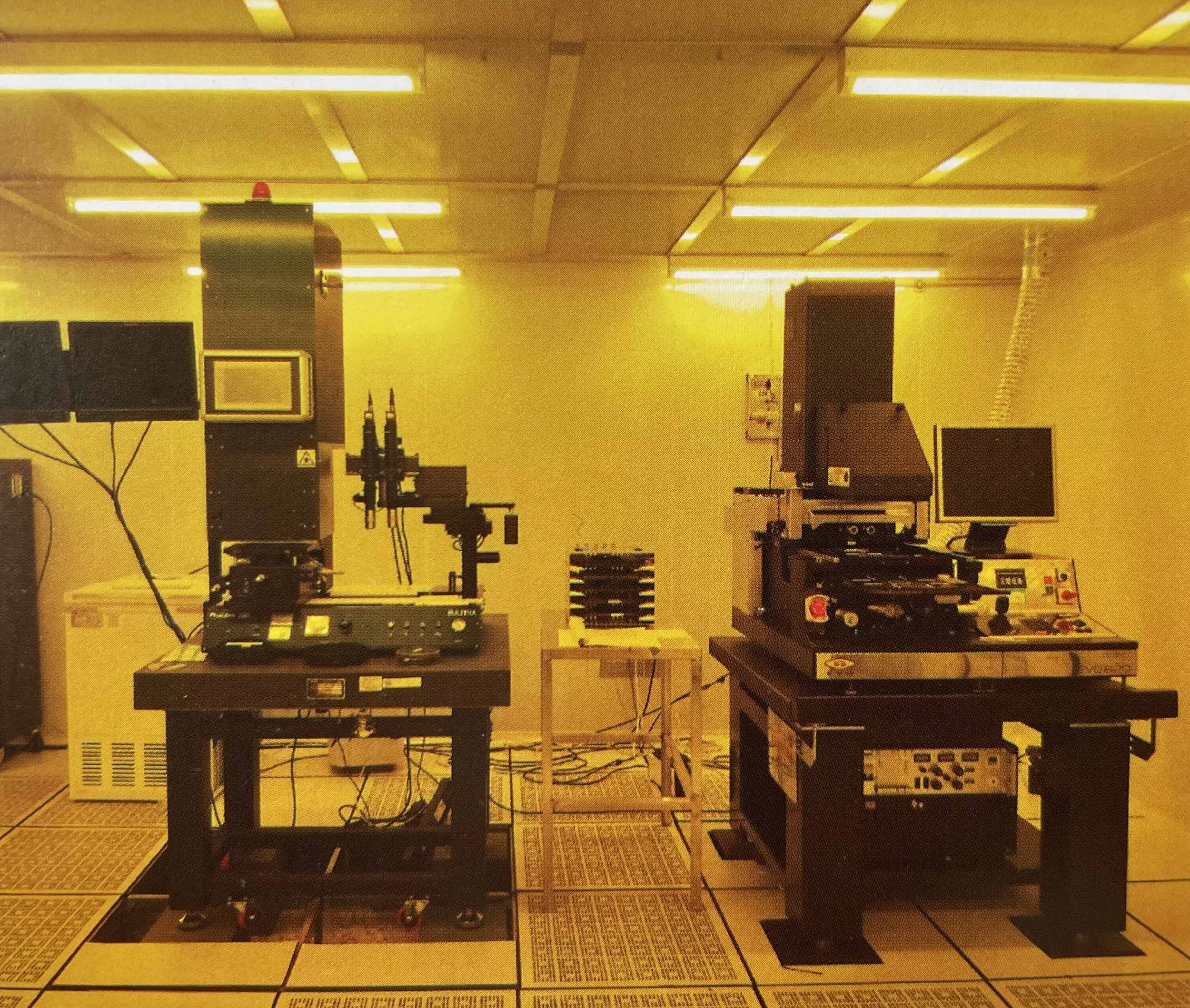How to Interpret a VCSEL Datasheet: Tips for Beginners
What is a VCSEL?
A Vertical-Cavity Surface-Emitting Laser (VCSEL) is a type of semiconductor laser diode with laser beam emission perpendicular to the top surface. This makes VCSELs unique compared to other laser diodes that emit from the edge. They are used in a variety of applications, from data communications to sensing.
Why are VCSEL Datasheets Important?
Datasheets provide all the necessary technical details about a VCSEL. They offer insights into the performance, limitations, and operational conditions of the device. Understanding these details ensures you choose a VCSEL that meets your application's requirements and operates safely within its specified limits.
Key Sections of a VCSEL Datasheet
General Information
Manufacturer and Model Number
This section includes the manufacturer’s name and the model number of the VCSEL. It’s the starting point for identifying the product and finding further technical support.
Description and Application
Here, you’ll find a brief overview of the VCSEL’s key features and common applications. This helps you understand if the VCSEL is suited for your specific needs.
Absolute Maximum Ratings
Voltage and Current Limits
These are the maximum voltage and current levels the VCSEL can handle without damage. Exceeding these limits can result in permanent damage to the device.
Temperature Range
The datasheet specifies the operational and storage temperature ranges. Staying within these limits ensures the VCSEL operates reliably and avoids thermal damage.
Electrical Characteristics
Threshold Current
This is the minimum current needed to start laser emission. Knowing this helps in designing the power supply and control circuitry for the VCSEL.
Forward Voltage
Forward voltage indicates the voltage drop across the VCSEL when it is conducting. It’s crucial for power management and ensuring the efficiency of your system.
Slope Efficiency
Slope efficiency is the ratio of the increase in output power to the increase in current. It gives an idea of how effectively the VCSEL converts electrical power into optical power.
Optical Characteristics
Wavelength
The emission wavelength is a critical parameter, especially in applications like data communications and sensing, where precise wavelength control is necessary.
Beam Divergence
Beam divergence describes how much the laser beam spreads out over a distance. Lower divergence means a more focused beam, which is important in high-precision applications.
Output Power
This is the optical power emitted by the VCSEL. Ensuring your application can handle this power level is crucial for both performance and safety. |
Mechanical Dimensions
Package Type
The physical package type affects how the VCSEL can be mounted and integrated into your system. Common types include TO-can, surface mount, and chip-on-board.
|Pin Configuration
Pin configuration details the electrical connections and layout, which is vital for designing your PCB and ensuring proper electrical interfacing.
Reliability and Lifetime
Mean Time Between Failures (MTBF) | | MTBF provides an estimate of the VCSEL’s reliability over time. A higher MTBF indicates a more reliable component, which is crucial for long-term applications.
Environmental Tolerances
This includes details on the VCSEL’s resistance to environmental factors like humidity, shock, and vibration. It’s important for ensuring the device will function reliably in its intended environment.
Practical Tips for Reading a VCSEL Datasheet
Focus on Your Application Needs
Always start by understanding what your application requires. This helps you filter out irrelevant information and focus on the parameters that matter most.
Compare Key Specifications
When choosing between different VCSELs, compare their key specifications side-by-side. Look for the best match for your performance requirements and budget.
Don’t Overlook the Footnotes
Footnotes often contain critical information that can impact the interpretation of the main specifications. Always read them to avoid misunderstandings. |
Consult with Experts
If you’re unsure about any details, don’t hesitate to consult with experts. Ace Photonics offers support and customization services to help you make the best choice.
Common Mistakes and How to Avoid Them
Ignoring Temperature Limits
Operating outside the specified temperature range can lead to performance issues or permanent damage. Always design your system to stay within these limits.
Misinterpreting Electrical Ratings
Ensure you understand the difference between continuous and peak ratings. Using peak ratings for continuous operation can shorten the VCSEL’s lifespan.
Overlooking Package Details
The mechanical dimensions and pin configurations are just as important as the electrical and optical specifications. Ensure the VCSEL fits your system physically and electrically.
Conclusion
Understanding a VCSEL datasheet is key to selecting the right component for your application. By focusing on the critical parameters and avoiding common mistakes, you can ensure optimal performance and reliability. Ace Photonics is here to support you with a rich product line and customized services to meet your specific needs.



